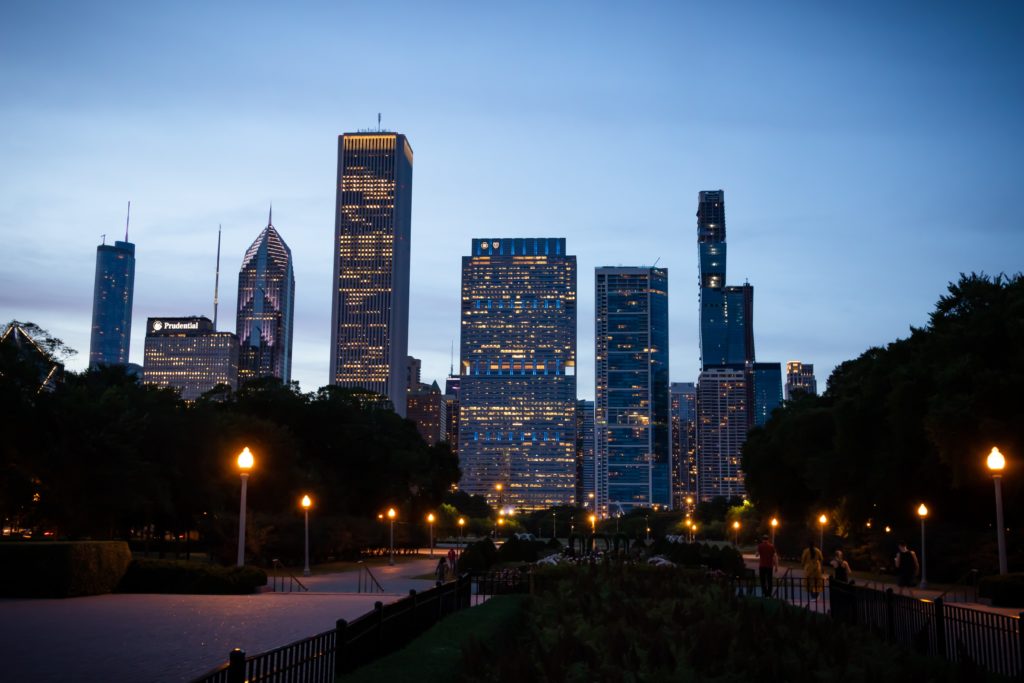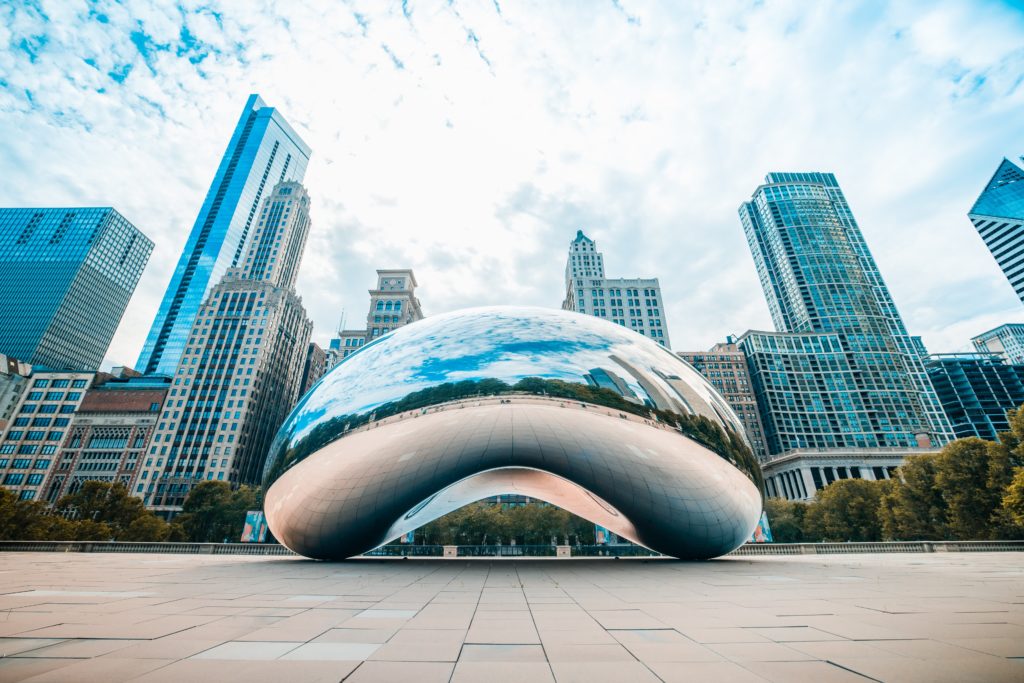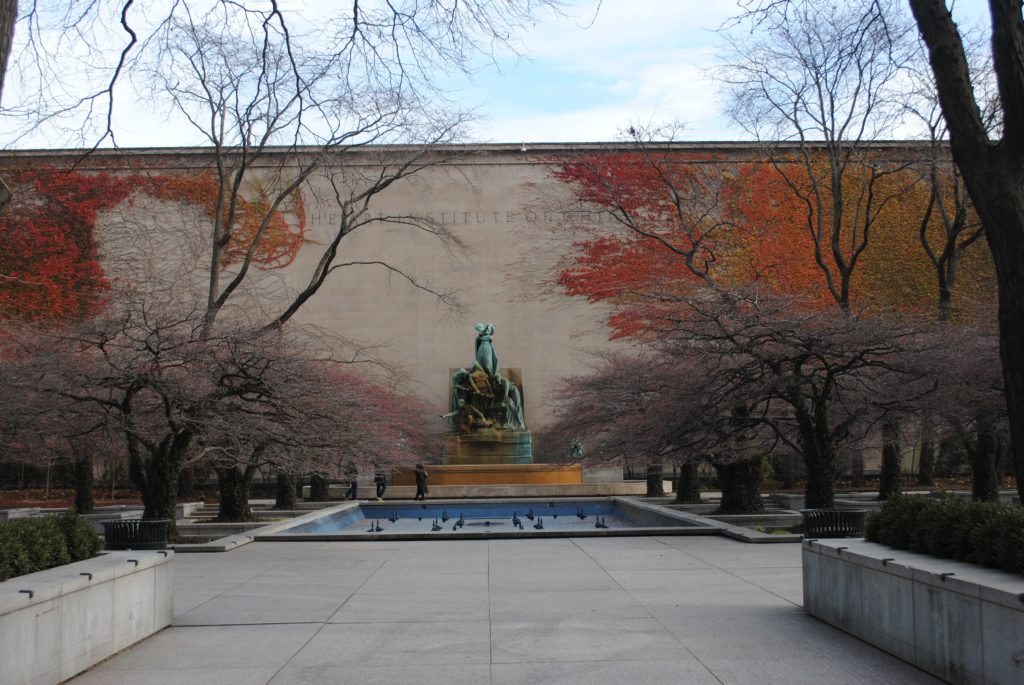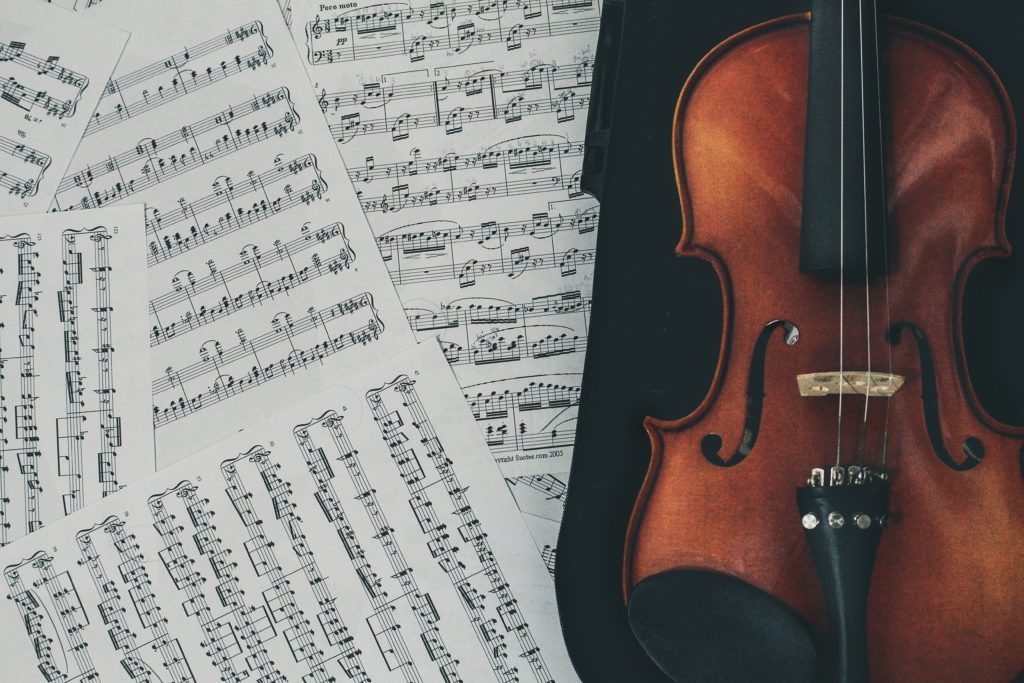By Kamila Dautnokova
New York, San Francisco, Las Vegas…there are so many exciting cities to visit in America that sometimes others get overlooked by international students looking for somewhere new to travel. Yes, all of the above cities are amazing, and I have enjoyed visiting them very much, but the city of Chicago also made an unforgettable impression on me. In some ways it is similar to Manhattan, but in my opinion is somehow more spacious, more clean, and more comfortable. The architecture in Chicago is amazing, and isn’t quite as overwhelming as some of the skyscrapers in New York can be. Chicago is an amazing city that I hope to return to soon, and here are some reasons why you should visit!
Located on the southwest coast of Lake Michigan in Illinois, Chicago is the third largest city in the United States (after New York and Los Angeles), the second most important financial center of the country (after New York), and the largest transport hub in North America. Being the largest city in the entire Midwest, it is also the largest transportation, industrial, economic, and cultural center in North America. As a stronghold of the Democrats, many well-known politicians have come out of Chicago, including Barack Obama (senator from Illinois). The unofficial name of the city is the Windy City and speaking from personal experience, this is accurate–the Chicago winter is freezing.

Chicago is a “city of skyscrapers”, and is home to lots of interesting sites to see and places for hiking. There are many parks, recreation areas, beaches, museums, theaters, and restaurants. In my opinion, the first thing to do in Chicago once you arrive is to wander aimlessly. The city itself is one giant landmark, where the streets are narrow, and the skyscrapers are so tall that you need to tilt your head fully to see the top of them.
Millennium Park is a green park in downtown Chicago the size of fourteen football fields. There are bizarre sculptures, concert zones, and benches to sit and relax. The famous Crown Fountain is also located there – two fifteen-meter glass blocks, on which video images of Chicagoans are broadcast. Millennium Park is the center of Chicago’s social life. Entrance is free everywhere. Volunteers lead tours of the park, tourists watch spiders through microscopes, and actors give free theatrical performances. Cloud Gate is also located in Millennium Park. This is the most recognizable monument in Chicago and, perhaps, America – a hundred-ton metal sculpture of a bizarre shape. However, the locals came up with a more spunky nickname for the sculpture: The Bean. The scultpure really looks like a giant bean from above, and is an iconic place to visit if you have the chance.

One of the most famous eateries in the city is the restaurant “Jordan’s”. This is a Chicago pizzeria with a forty-year history, which was founded by immigrants from Italy. The New York Times and dozens of other influential media wrote that they served the best pizza in Chicago.
Art museums are also very popular in Chicago. Some of the best include the Art Institute of Chicago, where you can view classical art for tickets priced at $27, or the Museum of Contemporary Art, where adult admission costs $15. Among the historical museums, the one that was the most memorable for me was the Chicago History Museum where adult tickets sell for $19.





